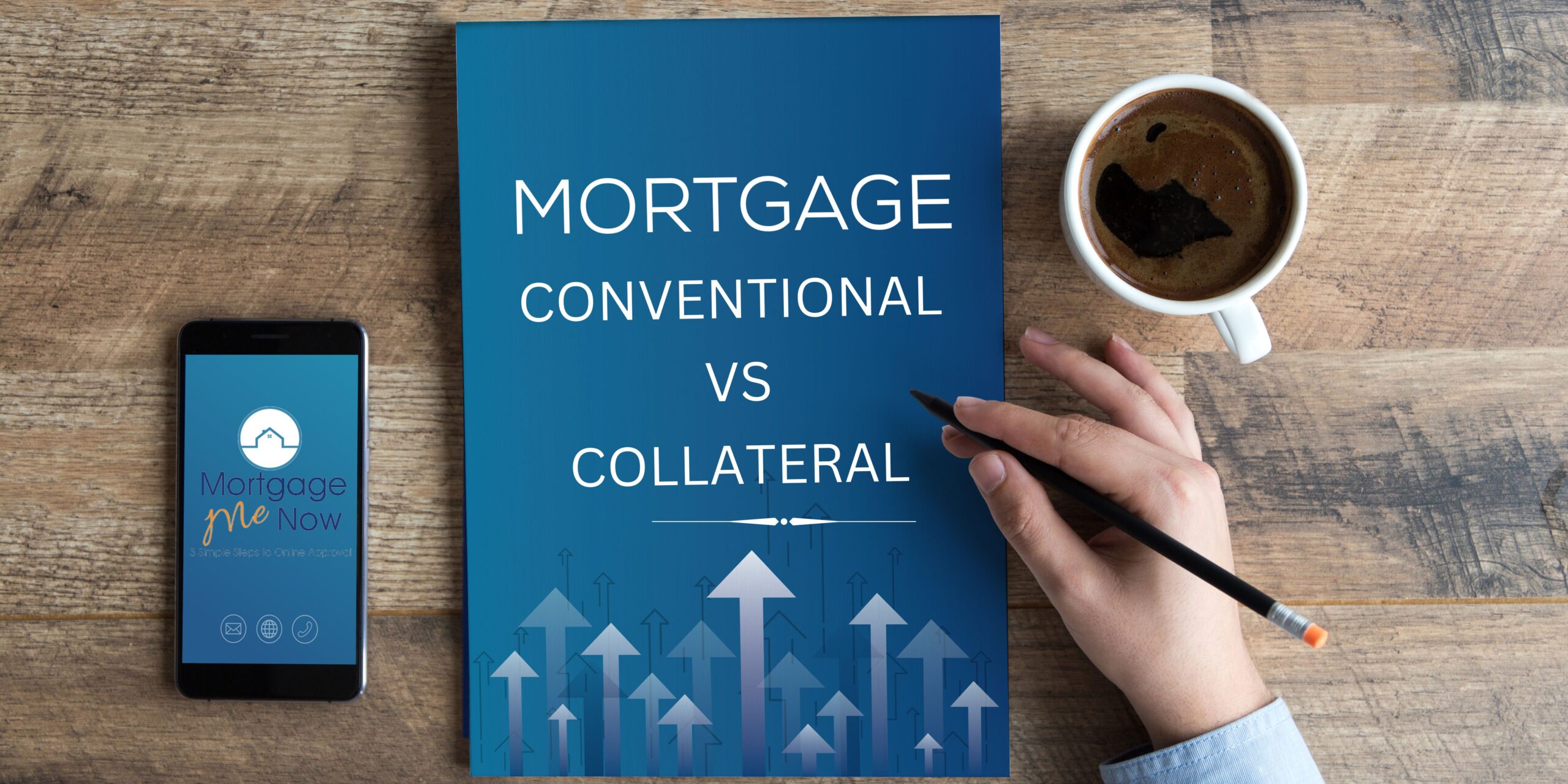Not many people understand the difference between conventional and collateral mortgages.
With a standard conventional mortgage, you get a set amount, rate and amortization. For example, say the property is worth $250,000 — you get a $200,000 loan at 3.5 percent, a five-year term/25-year amortization, and payments of $998.54 per month.
A conventional mortgage is registered against the property for $200,000. If all the payments are made on time, the mortgage is renewed on the same terms every five years, and no prepayments are made, the balance is zero after 25 years.
Should another lender decide to lend you money as a second mortgage, nothing stops them from doing so, subject to their own guidelines. Under normal circumstances, the principal balance on a conventional mortgage goes only one way, down. In addition, banks will accept “transfers” of conventional mortgages from other banks at little or no cost to the consumer.
A collateral mortgage has as its primary security a promissory note or loan agreement and, as “backup,” a collateral security, being a mortgage against your property. The difference is that, in most cases, the mortgage will be for 125 percent of the value of the property. In our example, the mortgage registered will be for $312,500. But you will only receive $200,000. The loan agreement will indicate the loan amount, interest rate, and monthly payments.
The collateral mortgage may indicate an interest rate of prime plus 5-10 percent. This will permit you to go back to this same bank and borrow more money from time to time without registering new security. In addition, the lender will offer you a closing service to register the mortgage against your property at fees that will be cheaper than what a lawyer would charge you. Sounds good so far.
However, this collateral loan agreement has different consequences, which are usually not explained to the borrower.
- Many banks will not accept “transfers” of collateral mortgages from other banks, so the consumer is forced to pay discharge fees to get out of one mortgage and additional fees to register a new mortgage if they move to a new lender. The bank can then tie you to them indefinitely for all your lending needs because it will cost you too much to move.
- Lenders may be able to use the collateral mortgage to offset any other unpaid debts you have. Offset is a right under Canadian law that says a lender may be able to seize equity you have in your home, over and above the mortgage balance, to pay, for example, a credit card balance, a car loan, or any loan you may have co-signed that is in default with the same lender. In essence, any loans you may have with that lender may be secured by the collateral mortgage. Of course, nobody goes into a mortgage thinking about default, but “stuff” happens in people’s lives, and 25 years is a long time.
- Let’s say your house value is $200,000. A collateral first mortgage registered on the property is $250,000. The amount owing on the mortgage is $150,000. If you were to need an additional $20,000, but the lender declines to lend it for any reason, then practically speaking, you won’t be able to approach any other lender. They will not go behind a $250,000 mortgage. Your only way out would be to pay any prepayment penalty to get out of the first mortgage and pay any additional costs to get a new mortgage.
- Let’s say your mortgage is in good standing, but you default under a credit line with the same bank. The bank could, in most cases, still start default proceedings under your mortgage, meaning you could lose the house.
- Some lenders offer collateral mortgages in a “negative option billing” manner. Therefore, unless you are informed enough to say you want a conventional mortgage, you will be asked to sign documents for a collateral mortgage.
One bank is only offering collateral mortgages.
Credit for much of this article – Mark Weisleder: is a lawyer, author and speaker to the real estate industry.
